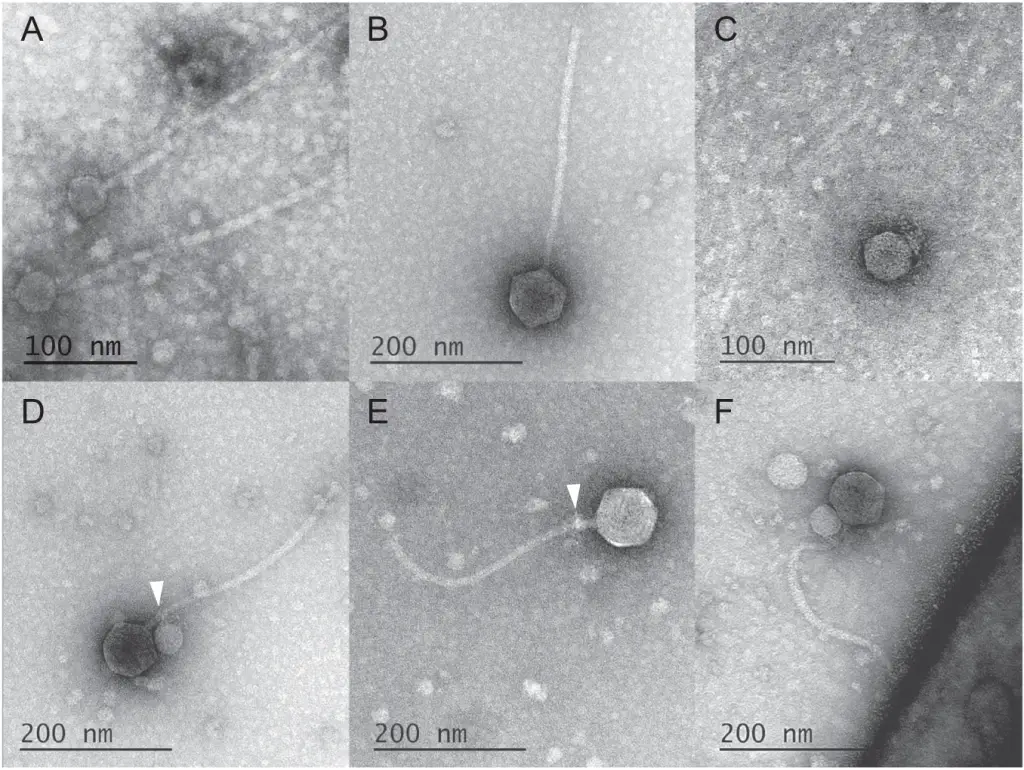In a groundbreaking discovery that began as a typical research project, a team from the University of Maryland, Baltimore County (UMBC) uncovered a viral phenomenon that had never been observed before: satellite viruses attaching themselves to helper viruses. This unique revelation sheds new light on the intricate relationships that exist in the phage and the whole viral world in general.
It’s a known fact that some viruses, referred to as “satellites,” rely not only on their host organism but also on another virus known as a “helper.” These helper viruses play a crucial role in either constructing the satellite’s protective shell or aiding in DNA replication. However, while it was understood that satellites and helpers had to be in proximity to each other, the actual act of attachment had never been witnessed, until now.
Published in The ISME Journal, a collaborative team from UMBC and Washington University in St. Louis reported their unprecedented observation of a satellite bacteriophage attaching itself to a helper bacteriophage at a specific point – the “neck,” where the capsid meets the tail of the virus. Astonishingly, 80 percent of the helper viruses observed had a satellite virus firmly attached at the neck, while the rest showed remnant satellite tendrils, resembling bite marks.
The team’s discovery was not just about a random interaction; it delved into the long-term relationships that exist in this viral world. By analyzing the genomes of the satellite, helper, and host, they uncovered clues about how these viruses coexist. Most satellite viruses possess a gene that allows them to integrate into the host cell’s genetic material. This integration enables the satellite to reproduce whenever a helper enters the host cell. The host cell, in turn, copies the satellite’s DNA along with its own during cell division.
However, the UMBC team discovered a satellite virus, dubbed MiniFlayer, which presented a significant departure from the norm. Unlike other satellites, MiniFlayer lacked the gene for integration. This meant that it had to remain close to its helper, named MindFlayer, every time it entered a host cell to ensure its survival. While not directly proven, this unique adaptation of attachment made sense given the circumstances.
Bioinformatics analysis further revealed that MindFlayer and MiniFlayer had co-evolved for an astonishingly long time, approximately 100 million years. This suggests that there may be numerous similar viral relationships yet to be uncovered, waiting to be explored by researchers.

The journey that led to this groundbreaking discovery was an unexpected one. It all began as a routine semester in the SEA-PHAGES program, where undergraduates isolate bacteriophages from environmental samples for analysis. However, when the University of Pittsburgh’s sequencing lab reported contamination in UMBC’s sample, the mystery began. The discovery hinged on using a transmission electron microscope at UMBC’s Keith R. Porter Imaging Facility to visualize the attachment, a tool not readily available to everyone.
This breakthrough not only raises questions about how common such attachments are but also offers a glimpse into the hidden world of viral relationships. It challenges previous assumptions about contamination and opens up new avenues for further research in the ongoing evolutionary battle between satellite and helper phages.
The UMBC team’s discovery of satellite viruses forming attachments to helper viruses has unveiled an entirely new aspect of viral interactions, challenging existing paradigms and paving the way for exciting future research read their full scientific article here: deCarvalho, T., Mascolo, E., Caruso, S.M. et al. Simultaneous entry as an adaptation to virulence in a novel satellite-helper system infecting Streptomyces species. ISME J (2023). https://doi.org/10.1038/s41396-023-01548-0





Comments